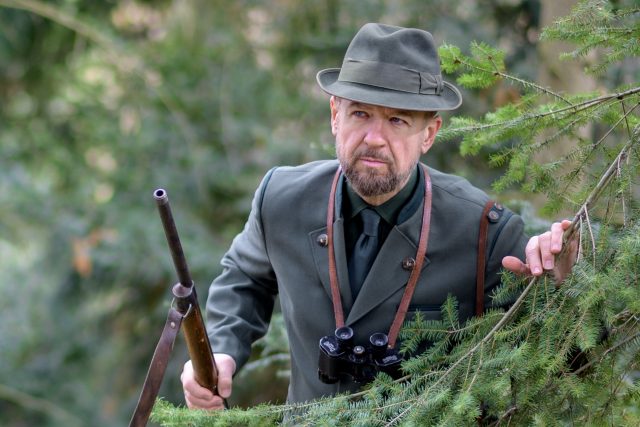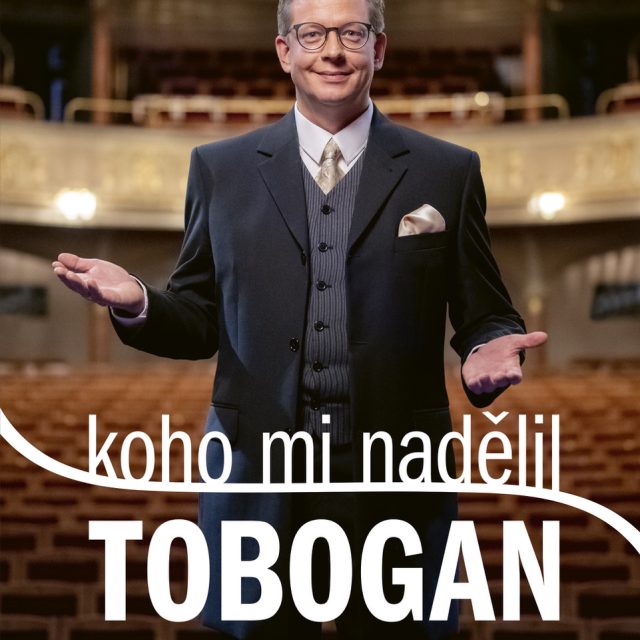Antonín (Anton) Kraft
* 30 December 1749 Rokycany† 28 August 1820 Vienna
Anton (or Antonín) Kraft, one of the greatest cellists around the beginning of the 19th century, one whose artistry was highly praised by the such masters of Viennese classicism as Joseph Haydn and Ludwig van Beethoven, is one of those personalities whose mastery of their instrument had a direct influence on the musical development of classicism.
He was born on 30 December 1749 in Rokycany as the seventh child of ten in the family of František, a beer brewer, and his wife Máří Magdalena. His mother died when he was only seven. Anton Kraft began attending school in his home town. Older sources write of him that he taught himself to play the cello or that he was led to music at a very early age by his father, an enthusiastic musician. Another influence on his musicality were without doubt his teachers in Rokycany. Kraft continued his studies at the gymnasium in Prague and probably spent a semester or a year (1769) studying philosophy and natural law at Charles University in Prague. At the same time he studied the cello with the cellists of the Knights of the Cross Monastery and music teacher František Josef Werner (1710-1768). Very little information about Kraft’s youth have come down to us: we do not know when he came to Prague, in which gymnasium he studied, when and why he gave up his university studies, where he received his further instruction, or whether he was active in Prague as a cellist in private music salons or churches. In the 1770s he married Maríe Anna Trebiczká (or Trebická) from Dobřany, with whom he had a son, Mikuláš (or Nikolaus, 1778–1853). The son inherited his father’s gift for music and also became an excellent cellist and composer. Sometime after 1769 Anton Kraft went off to Vienna, where he came to know Joseph Haydn, who apparently invited him to apply for advantageous membership in Prince Esterházy’s orchestra.
The twenty-nine-year-old Kraft became the first cellist of that famous orchestra, which in those days was led by Joseph Haydn. He valued Kraft as a cellist not only for his extraordinary skill and pure intonation but also for his talent as a composer. He offered to teach him composition. In 1779 Kraft joined the ranks of Haydn’s pupils.
Prince Esterházy also valued Kraft very highly and made it possible for him to make concert tours around Europe. In 1786 Anton Kraft and his eight-year-old son Nicolaus, whom he was teaching to play the cello, undertook a journey to Vienna, Pest, and Dresden. Three years later they travelled to Northern Germany. In Dresden they met Wolfgang Amadeus Mozart and Josefa Duschek, and on 13 April 1789 in the Hotel de Pologne together with Dresden Court Kapellmeister Anton Teyber they organized a private music academy.
When Haydn’s orchestra was dissolved following the death of his patron Prince Esterházy, Anton Kraft along with his son Nicolaus joined the orchestra of Count Anton Grassalkovich in Bratislava in 1790 as first cellist. He also became a member of the Schuppanzingh Quartet founded in 1792 in the salon of Prince Karl Lichnovský. That same year Ludwig van Beethoven established permanent residence in Vienna, and he soon made the acquaintance of Kraft. Both artists were bound by a friendship that lasted until Kraft’s death. He was also first cellist in the Vienna opera.
After 1794 Anton Kraft was in the service of Prince Joseph Franz Maximilian Lobkowicz (after 1796 along with his son Nicolaus) as a chamber virtuoso. The Prince’s orchestra was at the time of its glory directed by Kapellmeister Antonín Vranický and Antonio Casimir Cartellieri, who in 1802 married Kraft’s daughter Františka Eleonora.
Patron of the arts Joseph Lobkowicz, however, during the time of a general crisis found himself in economic difficulties and dismissed Anton Kraft. Kraft then turned to Ludwig van Beethoven, and only after his intercession with Archduke Rudolf in 1815 did Kraft’s difficult financial situation take a turn for the better. In his last years he was appointed first professor of cello at the conservatory of the Gesellschaft der Musikfreunde in Vienna, where after a short illness he died at the age of seventy on 28 August 1820.
His students included first of all his son Nicolaus Kraft but also Josef Ondřej Novotný, Heinrich August Birnbach, Antonín Vranický’s sons Friedrich and Anton, and also probably Joseph Merk, who after Kraft became the second professor of cello at the Vienna Conservatory.
Already in 1783 Joseph Haydn had written for his cellist Anton Kraft his Cello Concerto in D major, op. 101. This work was long thought to be the work of Kraft, for the manuscript has not been preserved. The theory that Haydn’s cello concerto was the work of Anton Kraft was disproved by J. P. Larsen’s publication of Haydn’s thematic sketchbook. It is, however, more than just possible that Kraft made stylistic adjustments to the cello part. Moreover, the cello part of Beethoven’s Triple Concerto for Violin, Cello, and Piano, Op. 56, was according Schindler, also written for Anton Kraft.
Works the composer Anton Kraft has left us consist on the one hand of seven works assigned opus numbers as well as works without them (manuscripts and copies), which for the most part exist only as part of the estate of Deacon Josef Antonín Seydl in Beroun. The most important of Antonín Kraft’s compositions is his Concerto for Cello and Orchestra in C major, Op. 4. It is definitely known to have been written during the time Kraft was active in the Esterházy orchestra, and it was first issued in print by Breitkopf and Härtel in Leipzig in 1792. It differs from Haydn’s Cello Concerto in D major by its completely new, more brilliant style and by its third movement that anticipating the French violin concerto. Its tones call to mind the fact that Anton Kraft endeavoured to approximate the sound of Beethoven’s orchestral style.
In Rokycany on 30 April 2006, on the building at no. 90/I, assumed to be Kraft’s birth place, a memorial plaque was unveiled, placed there at the initiative of cellist Jiří Hošek, professor at the HAMU (music section of the Academy of Performing Arts) in Prague, who has been working systematically on the reconstruction and recording and propagation of the compositions of Anton and Nicolaus Kraft. The artists who created the plaque are academic painter Helga Hošková Weissová and Natálie Hošková. The left side of the plaque consists of a flat stylized cello of dark polished Vanga granite, in which has been embedded a rectangular plaque of light-coloured polished marble with the gilded inscription: “On this site in what was formerly the Podkostelní Brewery, Antonín Kraft, cello virtuoso and composer, was born on 30 December 1749. He died in Vienna on 28 August 1820. His art was highly esteemed by Joseph Haydn and Ludwig van Beethoven.”
Author: Jiří Hošek
Nejposlouchanější
-
Tragédie Liblice. Mysteriózně-špionážní vesnické krimi s prvky utopického thrilleru z dílny VOSTO5
-
Jane Austenová: Rozum a cit. Příběh o osudových láskách, nadějích i milostných zklamáních
-
Molière: Lakomec. Ivan Trojan v titulní roli slavné komedie, v níž jde o peníze až v první řadě
-
Alexandre Dumas ml.: Dáma s kaméliemi. Příběh o tragické lásce pařížské kurtizány
E-shop Českého rozhlasu
Starosvětské příběhy lesníků z časů, kdy se na Šumavě ještě žilo podle staletých tradic.
Václav Žmolík, moderátor


Zmizelá osada
Dramatický příběh viny a trestu odehrávající se v hlubokých lesích nenávratně zmizelé staré Šumavy, několik let po ničivém polomu z roku 1870.




